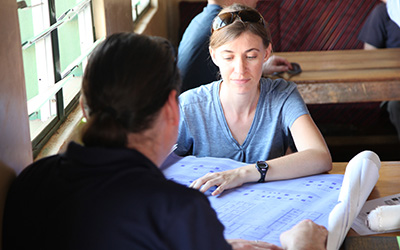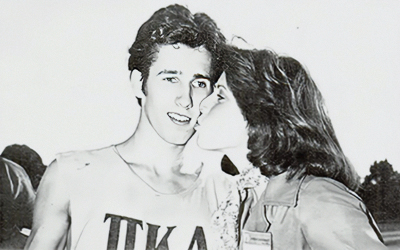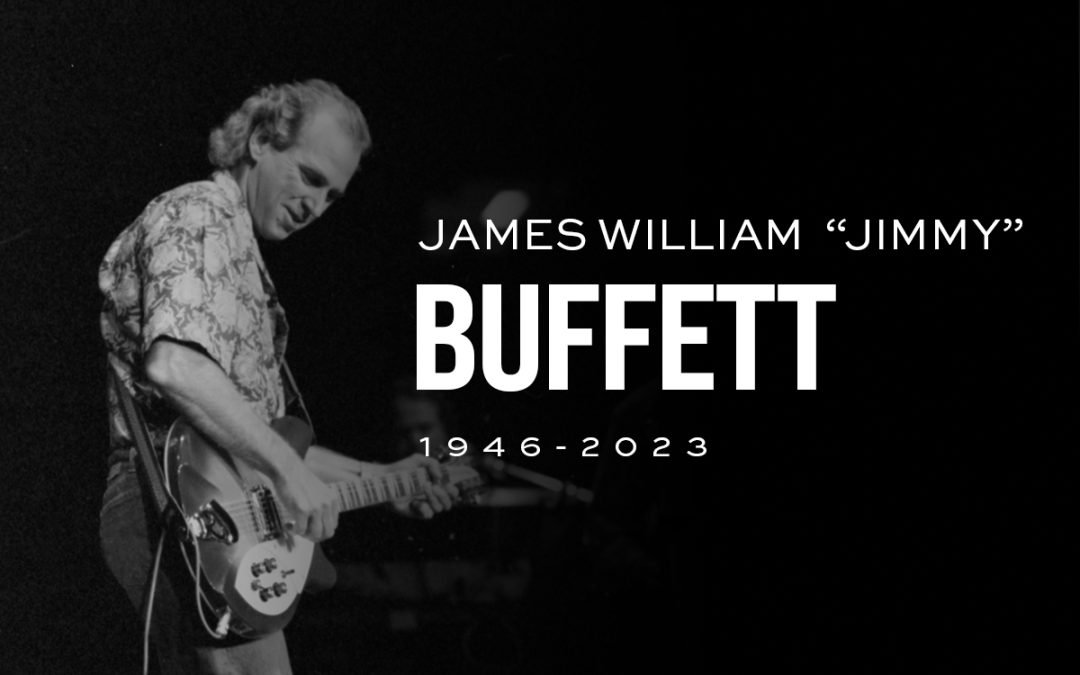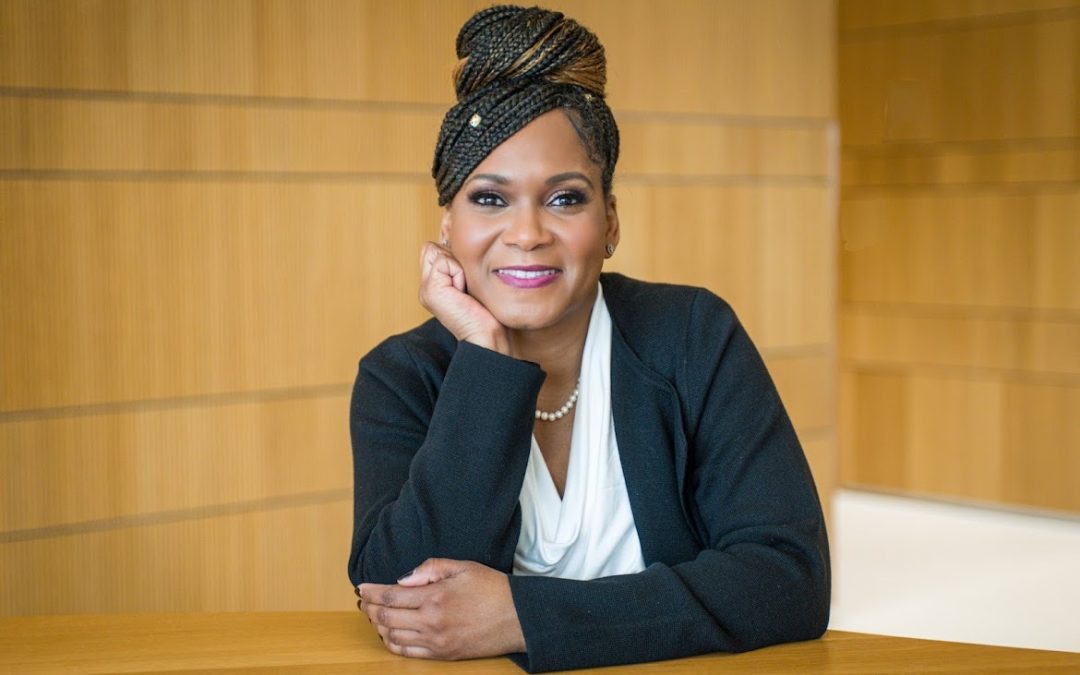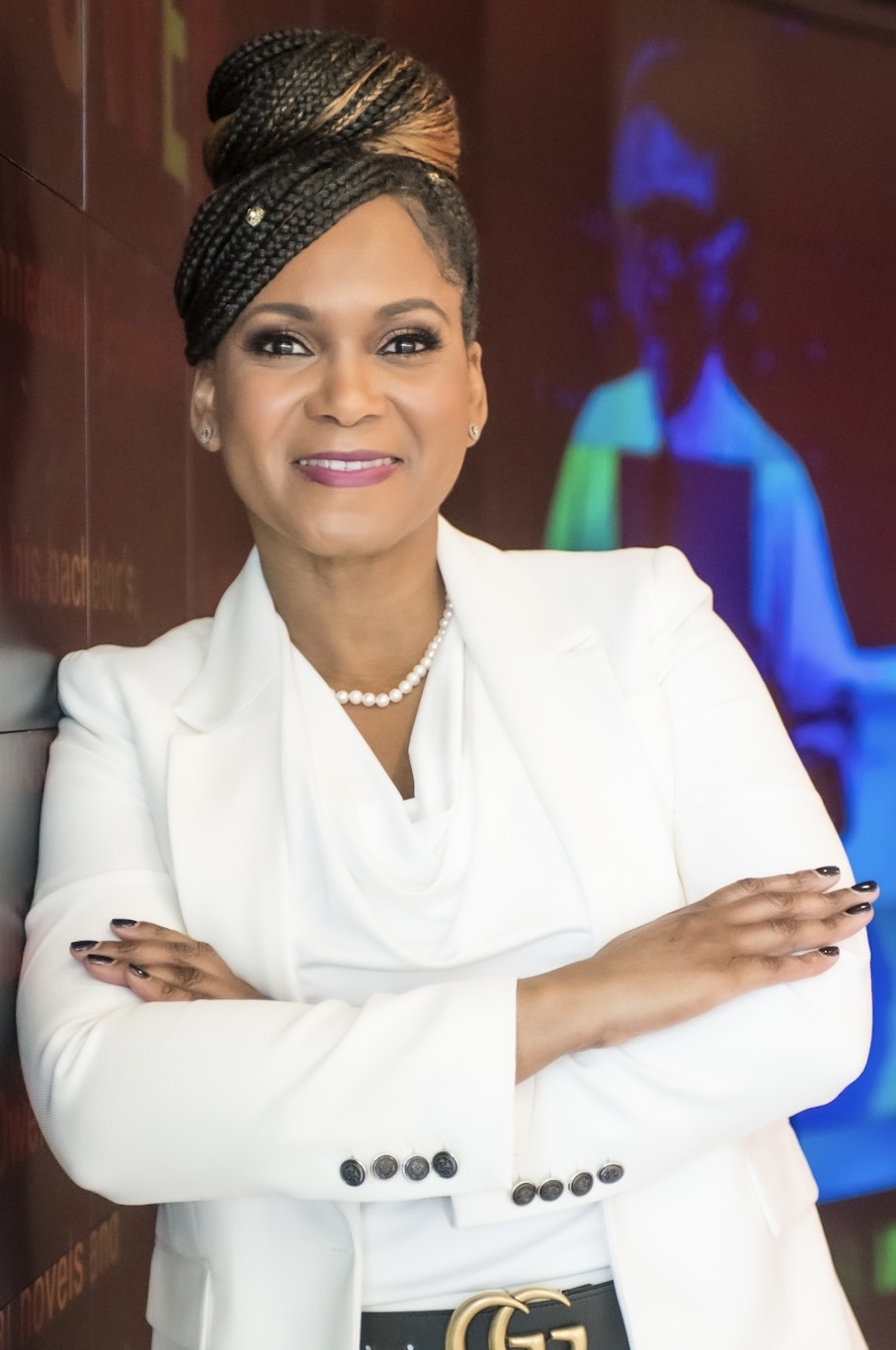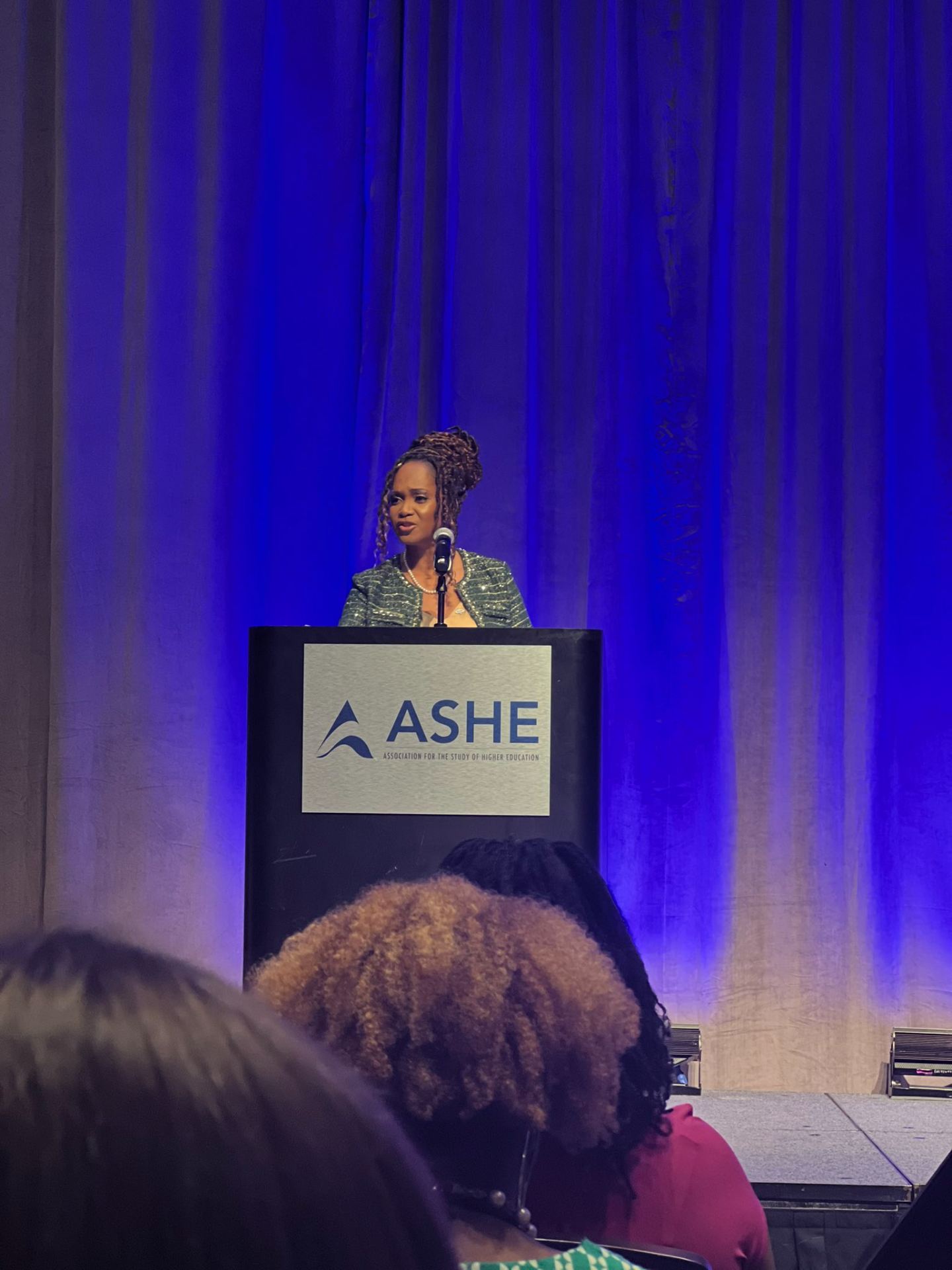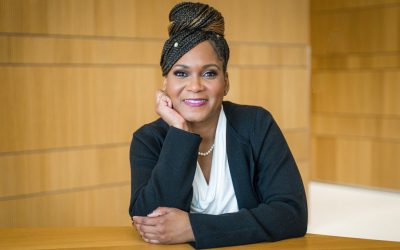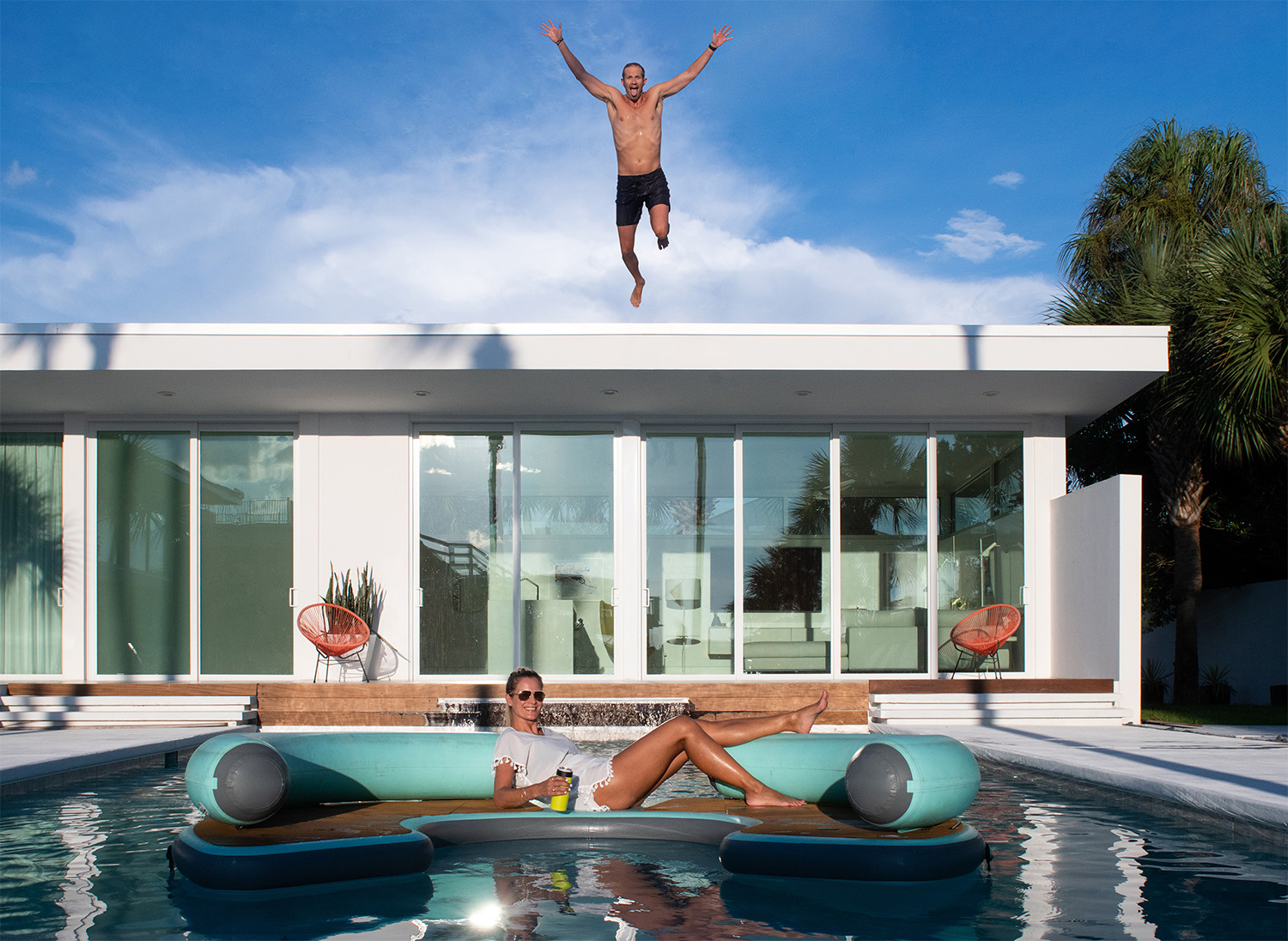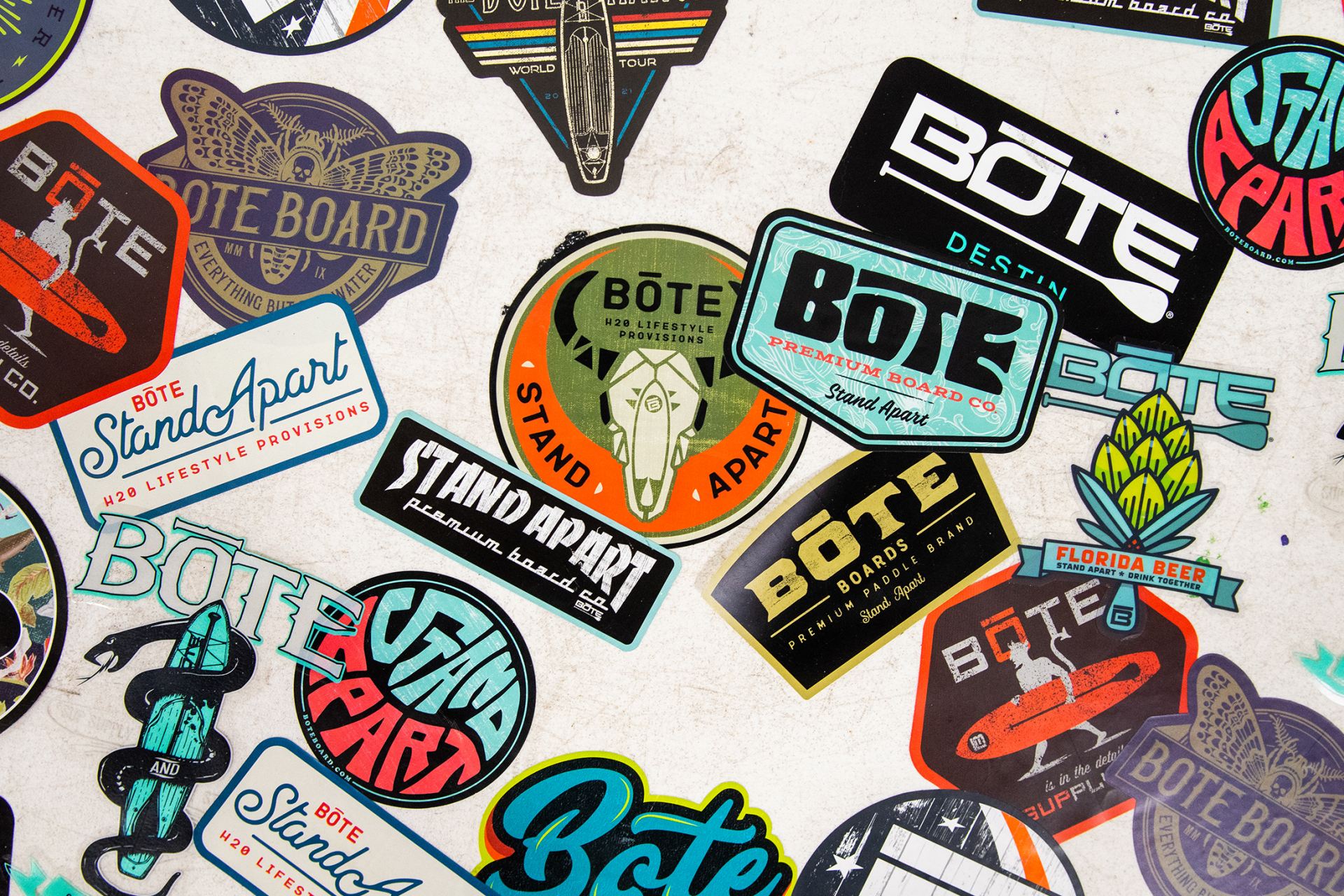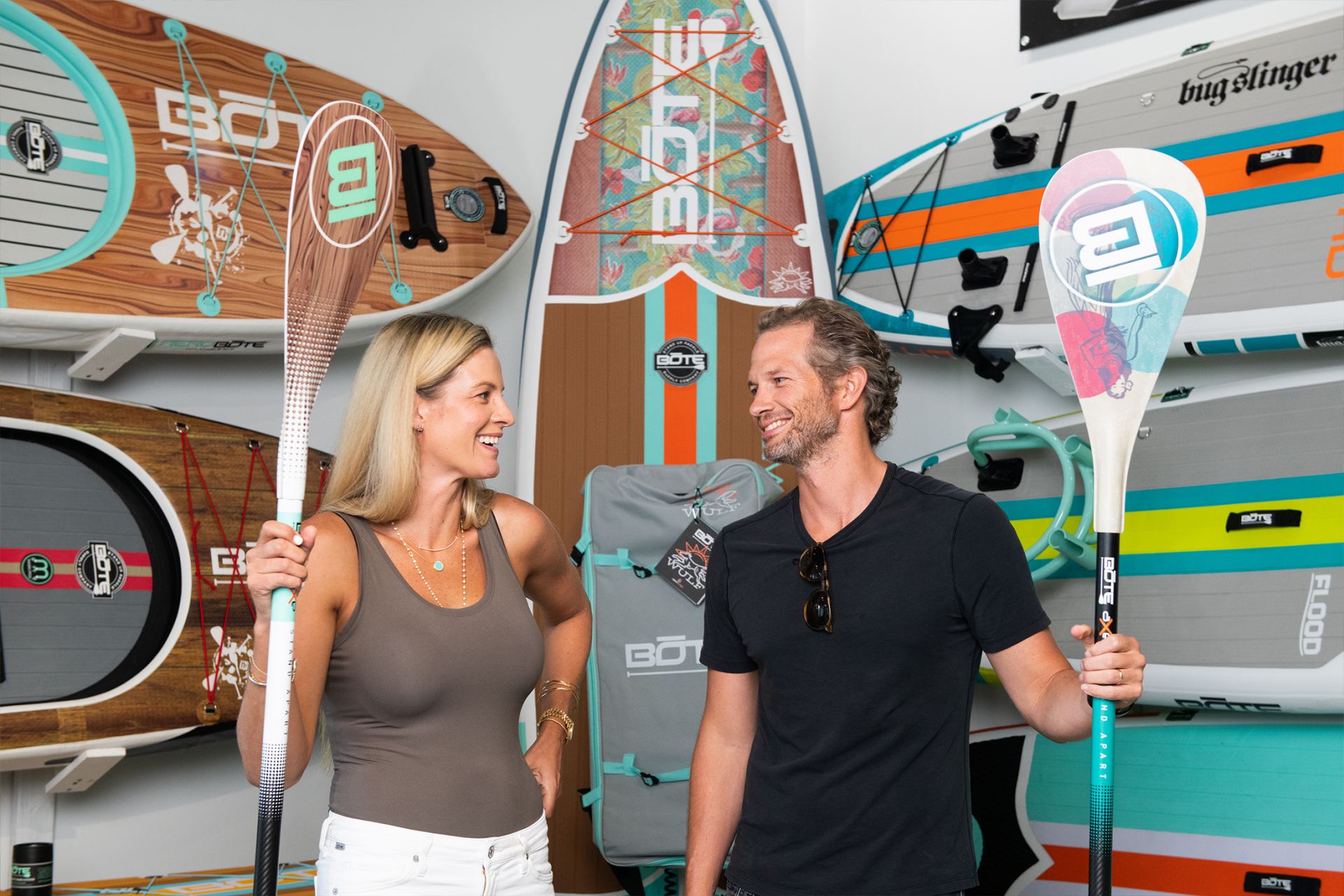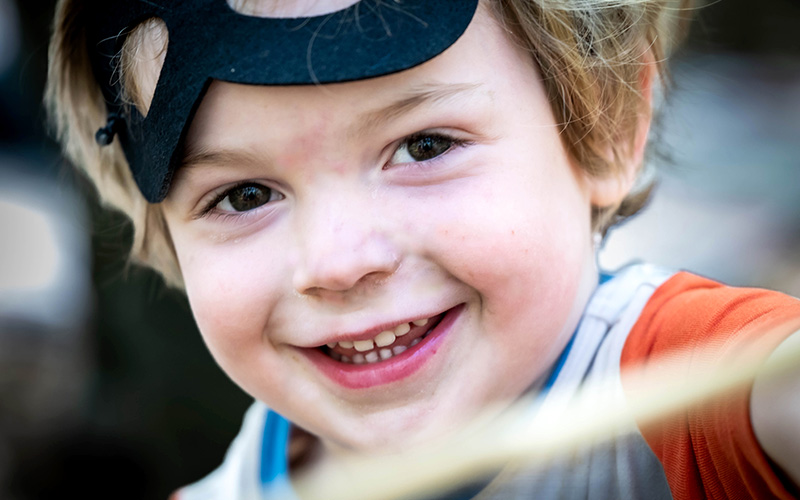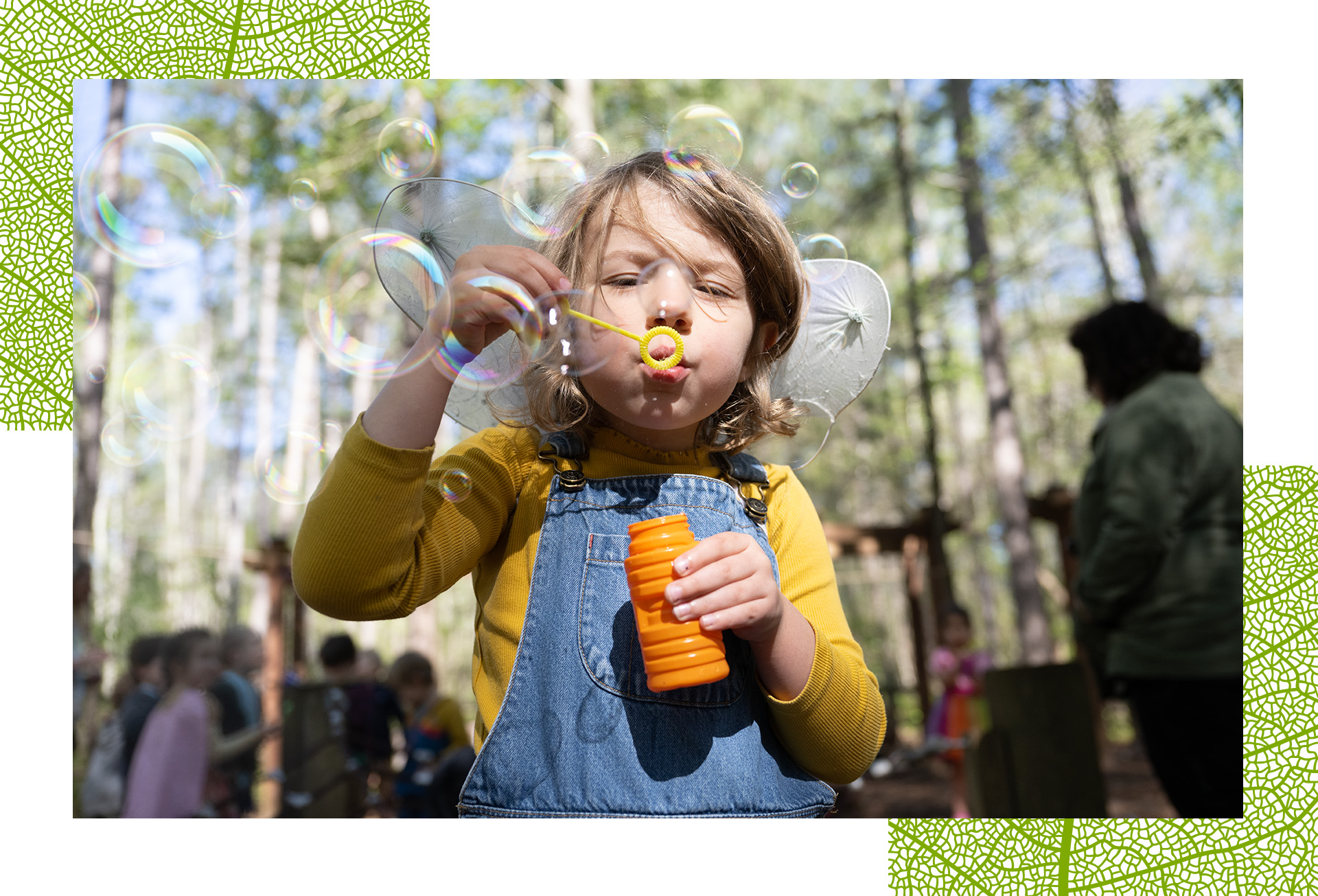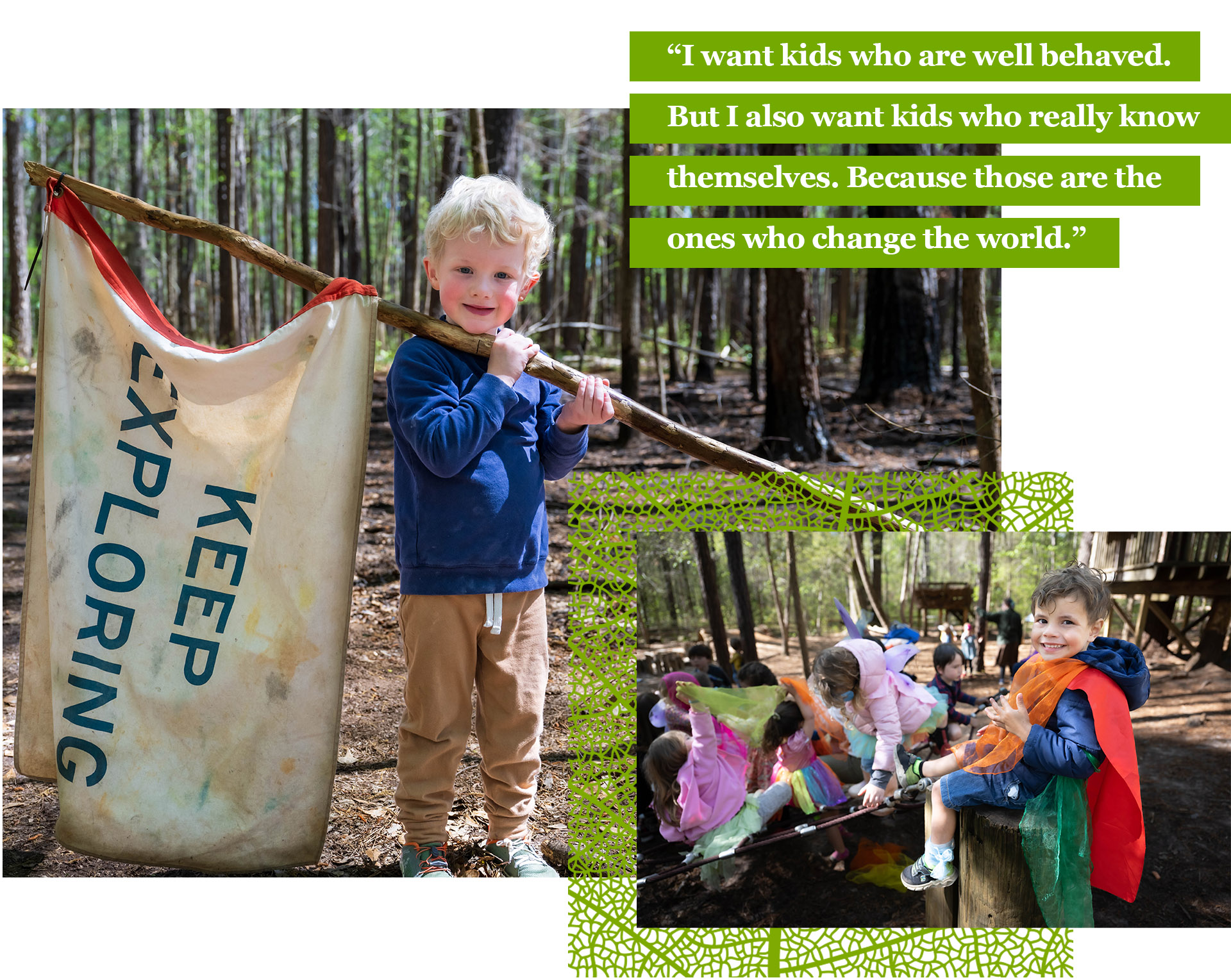Combining faith and design, disaster response architect Sarah Elizabeth Dunn ’03 builds shelters for disaster-stricken communities around the world.
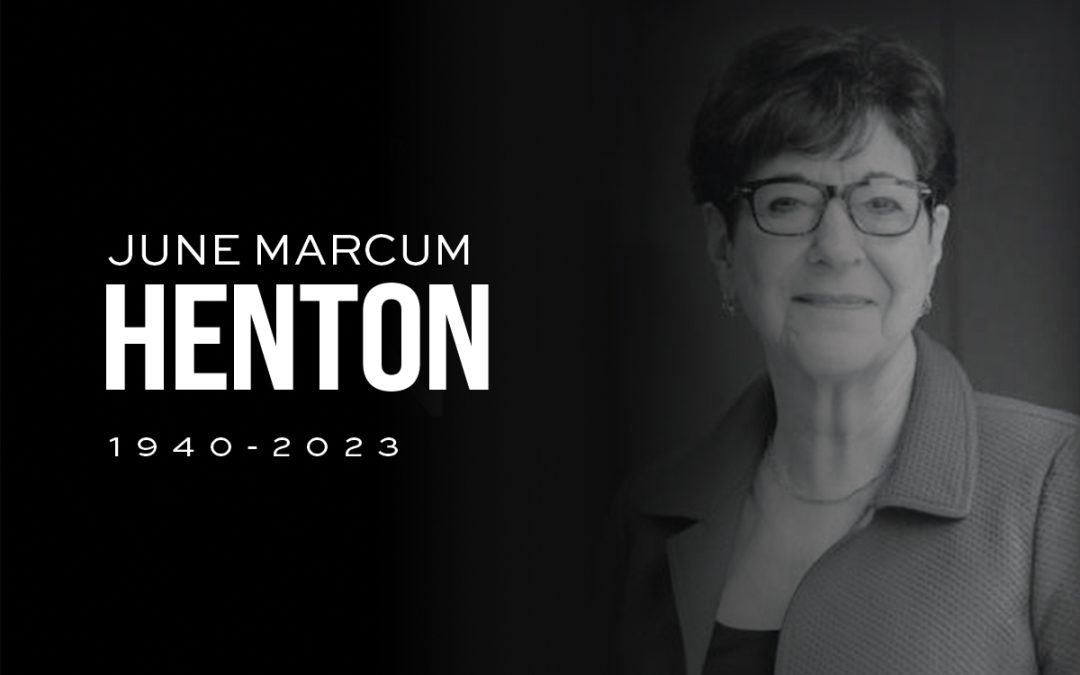
June Marcum Henton
January 21, 1940 – August 22, 2023
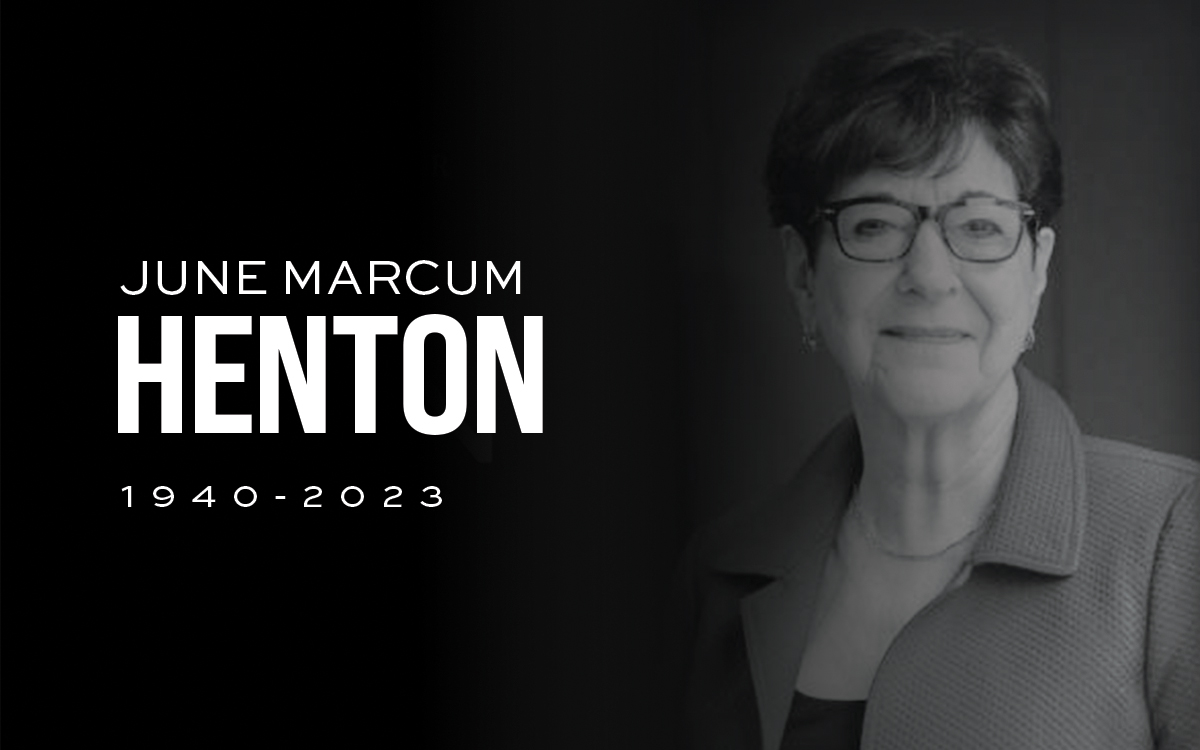
Dr. June Marcum Henton was born in Hominy, Okla. She was the fifth of six children and was raised on a cattle ranch, where she learned the importance of hard work. Education had always been important to June. She graduated at the top of her class from Mound Valley High School and afterwards studied at Oklahoma State University, where she met her husband Richard on a blind date. The two of them encouraged each other to further their education and begin their academic careers.
Henton’s educational achievements made her a perfect candidate to move into university administration. At Oregon State University, she served as a department head and associate dean. In 1985, Henton decided to move to the Plains to start a new chapter as dean for the School of Home Economics at Auburn University, now known as the College of Human Sciences. It was a post she would hold for 34 years.
Changing the name of the college from School of Home Economics to School of Human Sciences was one of the first steps Henton took in transforming the program. At Auburn, she redesigned the human sciences curriculum, which led to the establishment of the College of Human Sciences and the addition of new degrees. By doing so, she possibly saved the program from being disbanded and was able to give it a national reputation.
While dean, Henton was able to launch the National Textile Center University Research Consortium, the Women’s Philanthropy Board and the Elmer and Glenda Harris Early Learning Center. Not only that, but she established the Hospitality Management Program and the Joseph S. Bruno Auburn Abroad program in Ariccia, Italy.
Henton was also recognized for her tireless community service. She was honored as a White House Champion of Change for her work in food security, received official citations for her hunger-focused efforts from Alabama Governor Kay Ivey, and received the Lifetime Achievement Award presented by the Board on Human Sciences of the Association of Public and Land-grant Universities.. She is survived by her son and his family, Jayln Henton’94, of Alexandria, Virg., and her daughter and her family, Connor Lowry ‘00, of Auburn, Ala.
Building Hope: Disaster Relief Architecture & Design
Harold Franklin Reflects on Integration 50 Years Later
Fifty years ago, unsure of his safety, a tall, soft-spoken Black man walked alone across the Auburn campus to register for classes.
Auburn Love Stories: How They Met
From blind dates to football games to chance meetings in the classroom, Auburn alums reflect on how they found love and everlasting romance on the Plains.
Building Hope: Disaster Relief Architecture & Design
Combining faith and design, disaster response architect Sarah Elizabeth Dunn ’03 builds shelters for disaster-stricken communities around the world.
Harold Franklin Reflects on Integration 50 Years Later
Fifty years ago, unsure of his safety, a tall, soft-spoken Black man walked alone across the Auburn campus to register for classes.
Auburn Love Stories: How They Met
From blind dates to football games to chance meetings in the classroom, Auburn alums reflect on how they found love and everlasting romance on the Plains.
